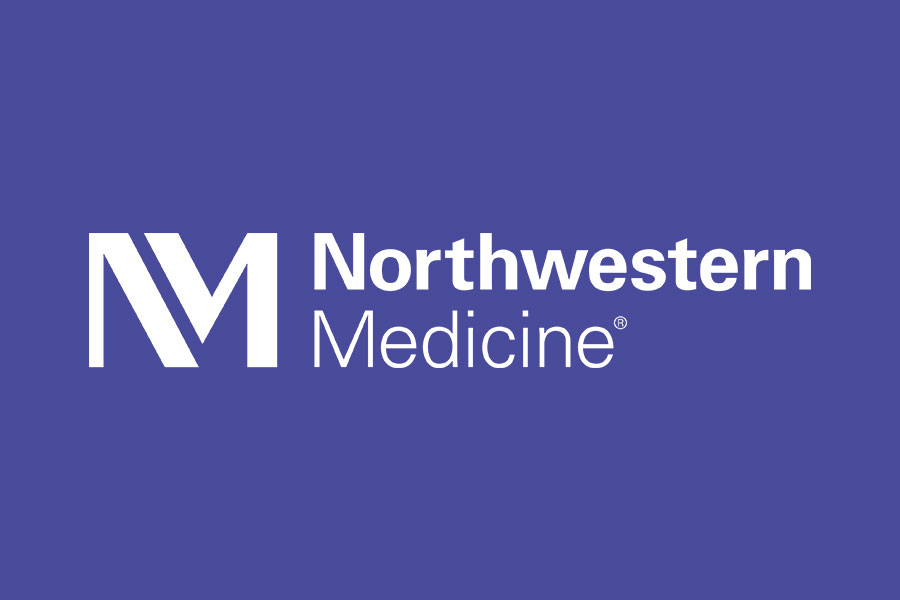
Three Northwestern Medicine hospitals in suburban Illinois were paying CMS penalties averaging $300,000 a year. One challenge: preventing its bundled payment patients from making a U-turn back into the hospital. To combat this issue, the hospital wanted to help its case managers improve communication with post-acute providers and steer patients to the best—and most cost-effective—care.
“I think the biggest hurdle we had was not knowing what happened to our patients when they left our doors,” said Astrid Larsen, the hospital’s former director of care coordination. “We were hands-off unless there was a problem.”
Rightsizing post-acute care
The Chicago-based hospital (formerly Centegra Health System) wanted a solution to help its case managers improve communication with post-acute providers and steer patients to the best—and most cost-effective—care.
The push to better coordinate care came eight months after the hospital joined Medicare’s Bundled Payment for Care Improvement program. It enrolled 425 high-care patients: those who had congestive heart failure or had a knee or hip replacement.
The hospital partnered with Dina, a HIPAA-compliant care-at-home platform and network, to connect the hospitals with its high-performing post-acute, home and community-based providers. The connected platform also includes AI technology to analyze patient data and suggest actionable home-based insights to facilitate clinical and non-medical interventions.
The case management team said the platform has transformed their care coordination processes and relationships with partners. And, by simplifying communication with post-acute providers, the hospital has drastically improved patient outcomes including lowered readmissions and reduced skilled nursing length of stay.
We could be proactive before people showed up in the hospital or ER. And we could intervene quicker if there was an issue, often preventing second or third hospital visits.
“Now we could foster communication and be proactive with patients before they showed up in the hospital or ER,” Larsen said. “We could intervene much quicker if there was an issue, often preventing second or third hospital visits.”
$1 million net swing
After using Dina for 18 months, Larsen said the hospital was able to reduce readmissions and rightsize patient care. Results added up to $700,000 in bundled payment reimbursements, a $1 million net swing from the prior year. Key metrics include:
- Readmission rates for chronic heart patients dropped by 12%; readmission rates dropped 29% overall.
- Length of stay in a skilled nursing facility for knee and hip replacement patients dropped by 4.6 days.
- Patients who had knee and hip replacements and spent time at an inpatient rehabilitation facility dropped from 5% to zero.
- People who had knee and hip replacements and went to a skilled nursing facility dropped by 25%.
“We saw that when patients are in more communication with all the members of their healthcare team, they’re much more comfortable going to a lower level of care when that’s the best fit,” said Larsen. “We needed to build strong partnerships outside of the hospital so our patients know they are supported and we’re all on the same page.”
Hear more from Northwestern case management team in this video.




